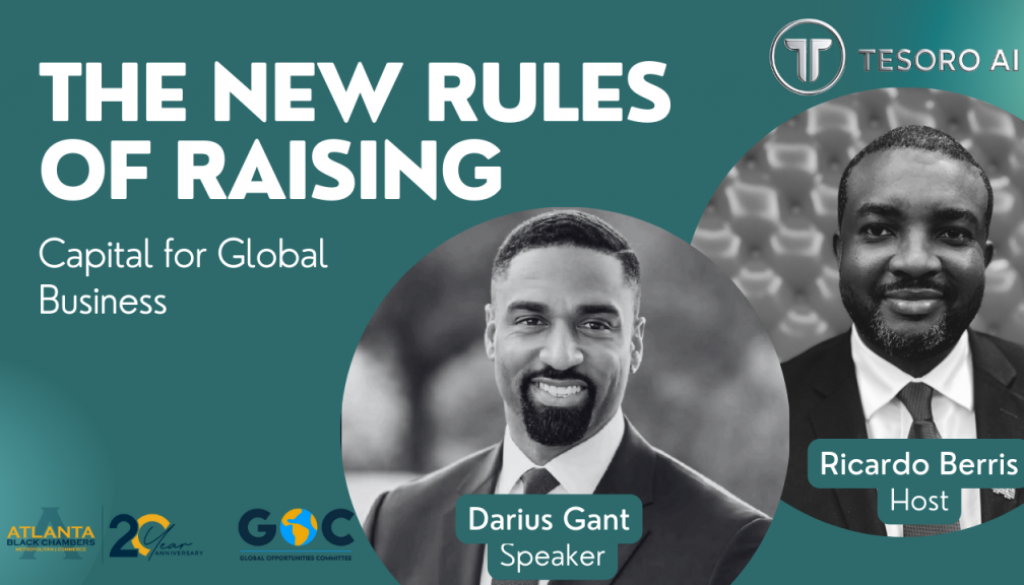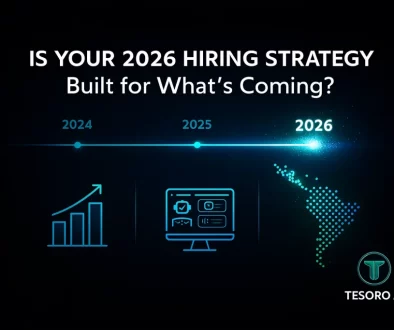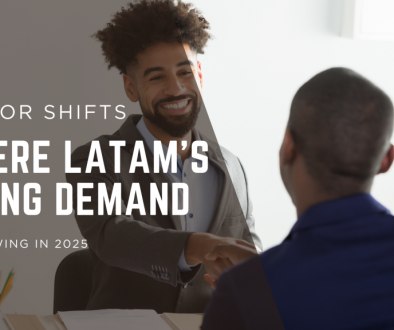The New Rules of Raising Capital: Why Your AI Strategy and Global Team are Your Biggest Assets
The landscape of fundraising is in constant flux. For entrepreneurs, what worked five years ago may not be enough to secure the capital needed to scale in today’s competitive environment. In a recent Power Hour discussion, private equity expert and Tesoro AI founder Darius Grant broke down the new fundamentals for raising capital, emphasizing that an integrated AI strategy and a global mindset are no longer optional—they are essential.
Here are the key insights from the conversation that every founder needs to know.
The Fundraising Ladder: Know Your Stage and Your Investor
Raising capital isn’t a one-size-fits-all process. The first rule is to understand what type of capital is right for your business stage and model. Venture Capital (VC) firms, for example, are looking for businesses that can achieve a billion-dollar valuation to offset the many losses in their portfolio. If you run a service-based business, a VC is likely not the right fit.
“If you’re approaching a venture capitalist with a real estate or a services type of business, they’re not gonna be excited,” Darius explained. “Not because it’s not a good company, but because that’s not how they invest.”
Here’s a simplified breakdown of the stages:
| Stage | Description | Ideal For |
|---|---|---|
| Family & Friends | Capital from your personal network, based on trust. | Idea-phase concepts. |
| Pre-Seed / Seed | Early-stage funding, often for developing a prototype and gaining initial traction. | Startups with an MVP and early signs of a market. |
| Series A, B, C… | Increasingly mature funding rounds where investors expect to see significant traction, revenue, and a clear path to scale. | Growing companies with proven product-market fit. |
| Growth Equity | For established companies, typically in tech, that are growing fast and need capital to expand. | Businesses with significant revenue and strong metrics. |
| Private Equity | Focuses on acquiring mature businesses, often with revenues of $10 million or more. | Established, profitable companies looking for a buyout or large-scale expansion. |
For service-based businesses, alternative models like revenue-based financing are a better fit, where investors provide capital structured like debt with a payback schedule tied to your revenue growth.
The AI Imperative: Efficiency is the New Currency
In 2025, investors are looking critically at how companies are leveraging Artificial Intelligence. This isn’t just about having an “AI product”; it’s about operational efficiency.
Darius put it bluntly: “If you’re the only one that’s not using AI to run a more efficient business, then theoretically the other businesses have higher margins. And so if I’m the investor, I would prefer to invest in the business that has higher margins.”
AI can dramatically change a company’s financial health by:
- Improving Margins: Automating workflows reduces operational costs.
- Enhancing Product Value: Integrating AI can make a product more valuable and “sticky,” reducing price sensitivity.
The message is clear: businesses that use AI to operate more efficiently are fundamentally more attractive investments.
Beyond the Money: Smart Capital and Global Talent
One of the biggest mistakes founders make is thinking they just need money. More often, they need expertise and a sustainable operational model. This is where “smart money” and a global talent strategy come into play.
1. Attract “Smart Money” Smart money comes from investors who understand your industry and can provide more than just capital. They can open doors to new customers, offer technical guidance, and provide strategic advice because they are aligned with your mission. Don’t “spray and pray”; research and target investors who have a history of investing in your space.
2. Leverage a Global Talent Pool Talent is often the biggest expense for a growing business. Darius argues that one of the most effective ways to manage your burn rate—and postpone or even prevent the need to raise capital—is to adopt a nearshore or global talent model.
“How can you think about talent in a way that will actually postpone the necessity to raise capital?” Darius asked. “That’s where I believe that the nearshore model becomes important.”
By hiring high-quality, lower-cost talent from regions like Latin America, companies can achieve the same objectives at a fraction of the cost. This allows you to extend your runway, build your product, and reach profitability faster, making you a far more attractive prospect to any investor. Your best first investor, Darius notes, is often your own W-2 job, and your second-best investor is an efficient, globally-distributed team.
Time Stamps
- [00:00:00] – Welcome to the Power Hour & Introduction
- [00:02:20] – Guest Introduction: Who is Darius Gant?
- [00:07:30] – The Process of Raising Capital Explained
- [00:10:45] – Understanding the Stages of Fundraising (Family & Friends, Pre-seed, Seed, Series A, etc.)
- [00:16:45] – Advice for Service-Based Businesses Looking for Capital
- [00:20:30] – What VCs Look for: Credibility and The Team
- [00:28:30] – Attracting “Smart Money”: Finding the Right Investor
- [00:32:15] – The Critical Role of AI in Securing Investment
- [00:35:00] – The Challenges and Drawbacks of Raising Capital
- [00:36:50] – A Key Strategy: Leveraging Global Talent to Reduce Burn Rate
- [00:39:40] – Using Brokers and Getting a Business Valuation
- [00:42:20] – Practical Fundraising Advice for Service Providers
- [00:49:15] – Do You Need Patents Before Seeking Investment?
- [00:49:45] – Final Advice: Why You Need to Learn AI Now
- [00:51:00] – Final Words and Wrap-up




